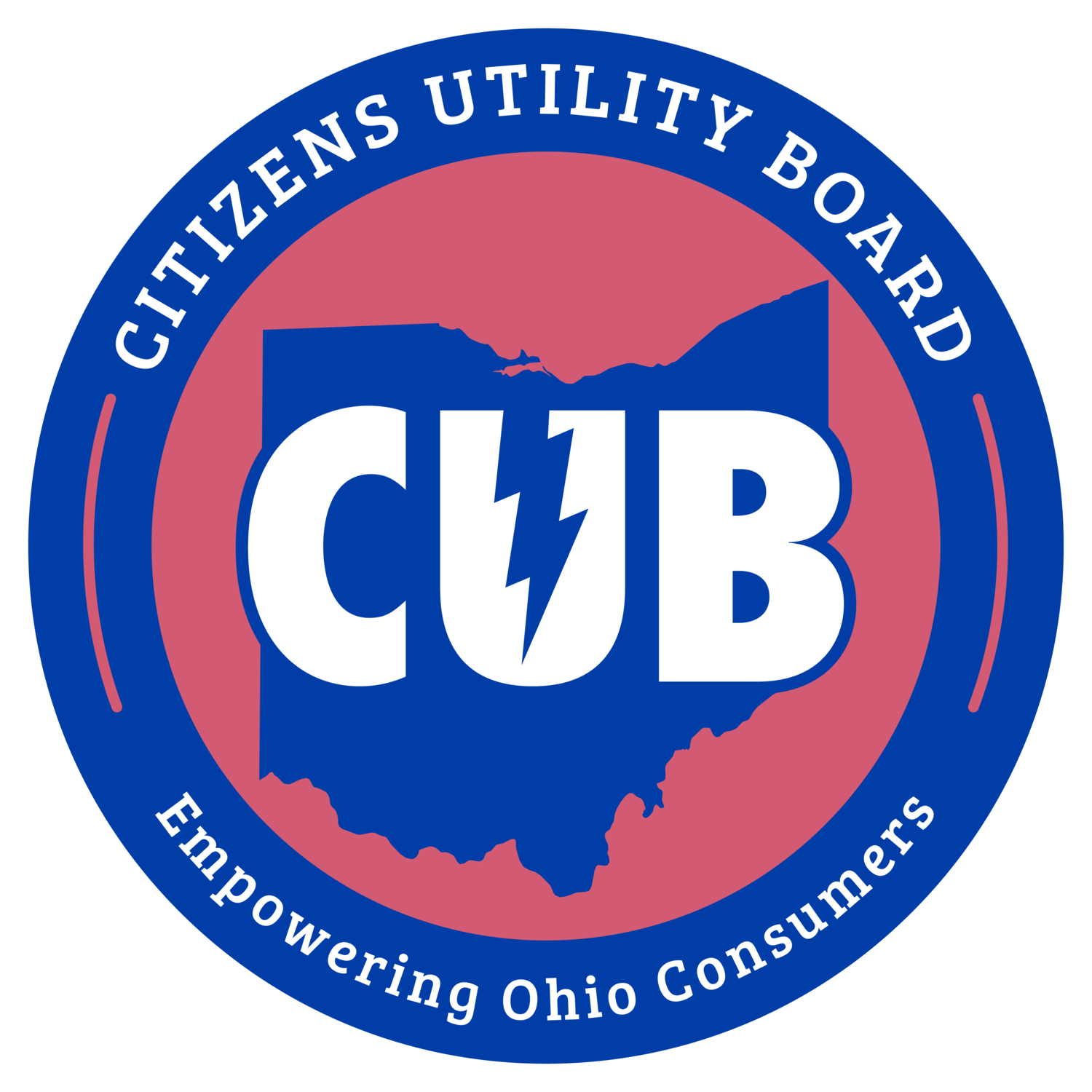Use It or Lose It: These Consumer Tax Credits Could Save You Thousands Before They Disappear
These IRA Tax Credits Are Still Available - But Not for Long
Energy prices are rising—and fast. Across the country and right here in Ohio, residential utility customers are feeling the squeeze as bills climb higher each month. Whether it’s natural gas heating costs in winter or electricity bills ballooning in the summer, energy affordability is quickly becoming a kitchen-table crisis.
But here’s the good news: many of the clean energy tax credits created under the Inflation Reduction Act (IRA) can help mitigate these costs. These rebates and tax credits are designed to help consumers and small businesses lower their energy bills, upgrade their homes, and diversify fuel mix, which improves grid reliability and air quality
The challenge? The newly enacted One Big Beautiful Bill (OBBB) is rolling back these benefits faster than expected. If you’re an Ohio resident or small business owner, time is ticking - and missing out could cost you thousands.
What’s At Risk for Ohioans
The IRA created a sweeping set of financial incentives to help everyday Americans invest in smarter, cheaper, and cleaner energy. These credits were intended to:
Lower utility bills for all Americans
Spur local jobs in manufacturing and construction
Strengthen American energy independence
Let’s break down what’s still available and what’s on the chopping block:
Home Energy Upgrades (Expires: Dec. 31, 2025): Credits remain in place through the end of the year for homeowners and renters who invest in qualified efficiency upgrades, including:
Electric heat pumps (up to $2,000)
High-efficiency air conditioners and furnaces
Home energy audits ($150)
Weatherization improvements
Solar panel installations (30% tax credit)
Battery storage systems
After 2025, most of these credits disappear.
Electric Vehicles & Charging Equipment (Expires: Sept. 30, 2025): If you’re in the market for an electric vehicle, now is the time to act.
$7,500 for new EVs
$4,000 for used EVs
30% credit for at-home EV charging stations
These credits will vanish by the end of September 2025.
Solar, Wind, and Clean Energy Systems (Expires: June 2026 for new projects): Energy developers still have time to take advantage of:
30% Investment Tax Credit (ITC)
Production Tax Credit (PTC) for qualified clean generation projects
To qualify, construction must begin before June 2026, and systems must be operational by December 2027.
These credits were never about government handouts, but rather incentives that require and induce private investment at a greater level, with system-wide benefits to the grid and all power users. They were designed to reward smart choices, reduce consumer bills, and strengthen American energy independence. You can find additional resources for states from the State Support Center here.
Why This Matters
Rising energy prices are not hypothetical, they’re already here. According to the U.S. Bureau of Labor Statistics, residential electricity prices have increased more than 25% in recent years, and natural gas has climbed even faster in many parts of the country.
These clean energy tax credits and rebates were designed to cushion the blow. In fact, they were already paid for through public investment.
This move to end these federal incentives early will disproportionately affect and move the goal post on:
Low- and moderate-income households, who now have less time to access credits
Small businesses, which typically plan capital improvements over longer timelines
Rural residents, where upfront infrastructure costs can be steeper
They will also impact Ohio’s economy. In Ohio alone, the IRA investments fueled more than $7 billion in economic investments that support thousands of jobs. The OBBB rollback threatens at least 17,000 direct manufacturing jobs and over 91,000 jobs statewide, according to recent estimates.
How You Can Take Action Today
CUB Ohio recommends Ohio’s consumers take three immediate steps:
1. Check Your Eligibility: Visit trusted tools like Rewiring America’s IRA Savings Calculator to find out what incentives you qualify for.
2. Make a Plan: Whether you’re installing a heat pump, considering rooftop solar, or buying an EV, now is the time to start the paperwork and line up contractors. Many tax credits require systems to be installed, not just planned, before deadlines.
3. Contact Your Elected Representatives: Let your federal elected officials know that cutting paid-for consumer credits midstream hurts everyday Ohioans. It is possible to support energy independence and energy affordability - these are not mutually exclusive goals.
As a nonprofit, nonpartisan consumer watchdog, CUB Ohio works every day to protect the interests of residential and small business utility customers. When public policy shifts away from affordability and access, we speak up.
Rising energy costs aren’t going to wait and neither should you. The IRA’s clean energy tax credits were designed to ease prices, spur economic investment, and protect communities. The OBBB’s accelerated phase‑outs threaten that progress when the nation can least afford it.
Don’t let the door close on savings you’ve already paid for with your tax dollars. Act now before Washington takes them back.

